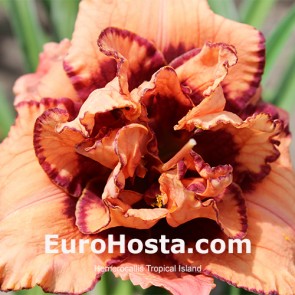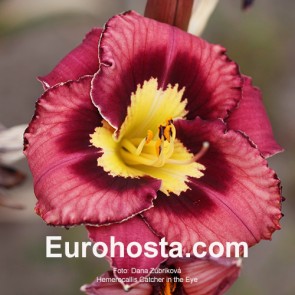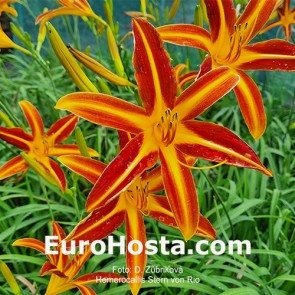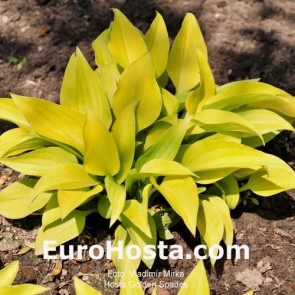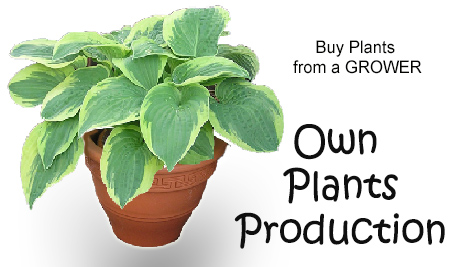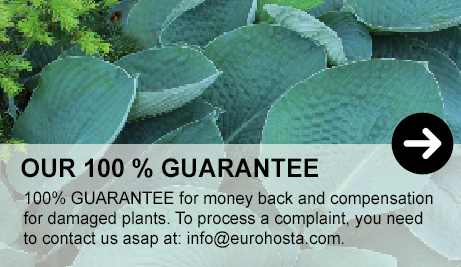Slug-Resistant Hostas
|
The most serious pests of hostas are slugs and snails. Although especially recently have some fungal diseases, HVX virus, or damage caused by forest animals appeared, they can hardly be compared with snails damages. Snails prefer moisture habitats and light soil suitable for laying eggs. There are areas where snails cause damage only to a small extent, or they not harmful at all. But, unfortunately, generally where the hostas are planted, snails are present and be ready that they will never completely disappear. There are several methods how to control snails. Prevention Maintain garden without messes, especially without smoldering grass or weeds. Do not use open compost. Piles of wood and rocks in a moister part of the garden provide plenty of hiding places for slugs. Remove them. Manual collection Collect snails by hand especially in the spring months, before or just after a rain. Kill them mechanically. Barriers Slugs hate dry sand or sharp gravel and any dry surfaces. Ash is also not suitable as a groundcover. Using of such barriers is restricted for some limited areas and their effect is often only partial. |
Biological control You can use parasitic nematodes against snail and slugs. These can be quite commonly offered by some specialized stores. Remember that this is a biological material and so they should be applied as soon as possible during rainy days. Best way is to keep collected snails for several hours in a solution of nematodes in some container. After this, spread snails around the garden and the rest of the nematode spray on the beds. Snails will die after a few days and along with them also many others that were infected. The Indian Runner Duck Ducks, which eat exclusively on snails. We do not have any personal experiences with them but some people recommend them. Plants against snails As hostas attract snails and slugs, some plants works as anti-attractant. Use such a plants in flower beds to repel slugs. For example, garden cress (Lepidium sativum), aruncus , periwinkle (Vinca spp .), Tiarella spp., Hyssop (Hyssophus spp.), Thyme (Thymus spp.), white clover (Trifolium repens), white mustard (Sinapis alba), cyclamen (Cyclamen spp.), columbine (Aquilegia spp.), astilbe (Astilbe spp.), impatiens (Impatiens spp.), lady's mantle (Alchemilla spp.), ferns, stonecrop (Sedum spp.), lavender (Lavender spp.), lobelia (Lobelia spp.), geranium (Pelargonium spp.), peony (Paeonia spp.), yarrow (Achillea spp.) and most of ornamental grasses. |
Moluscocides You can try to use traps filled with beer. But probably the most effective chemicals are dry baits. Commonly available is for example Mesurol from Bayer. Just a few granules and they attract the slugs from all around. After coming snails into contact with granules, they die quickly. Caution! Read instruction before use them. Protect granules from the rain, which can reduce their effectiveness. Plant slug-resistant hostas Unfortunately, no one fully slug-resistant hosta is on the market. But there are some cultivars, which are preferred by snails and some others that are not. Generally, cultivars with solid, hard, wrinkled leaves are less suitable for snails than those with soft, delicate leaves. Here are few examples of the kultivars, that are partially slug resistant: Niekoľko kultivarov, ktoré slimákom nechutia: |
||||||||||


